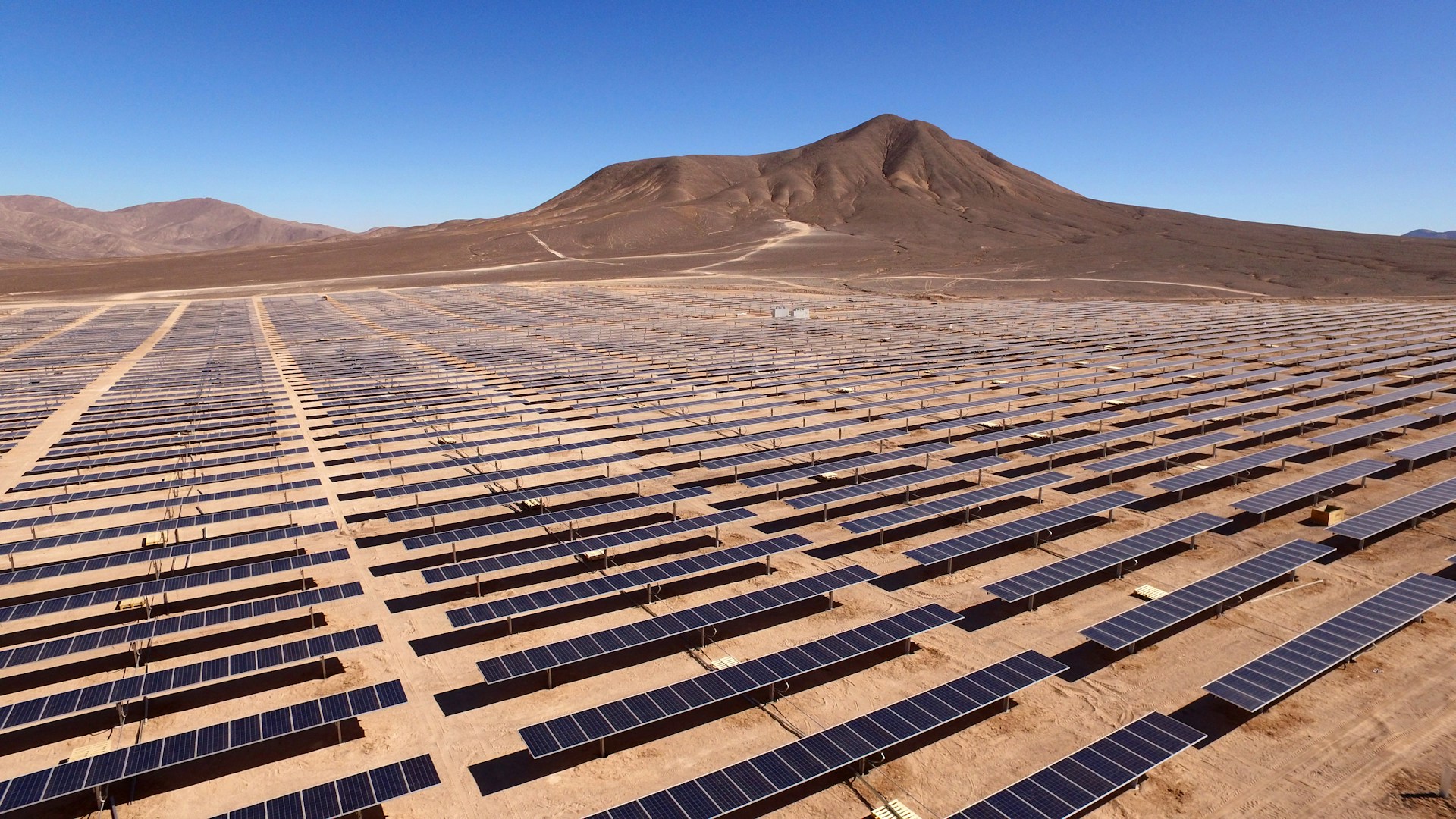Are Carbon Offsets Effective
Companies are finding renewed ways to tackle their carbon footprint. Some are going the extra mile by taking initiatives to reduce carbon emissions in their manufacturing unit, while some are actively finding solutions along with their suppliers to decarbonize their supply chain.
Emerging technologies are also fueling the increase of decarbonization tools that are making it easier for companies to identify and tackle their carbon footprint. Carbon offsets are one of the ways which is quickly gaining global prominence.
Some of the world’s largest companies—from carmakers to tech firms—have employed carbon credits worth 38 million tons between 2020-2022 to offset their carbon emissions. They have bought these carbon credits from companies that have invested in green projects such as installing a solar or wind farm or even preserved a forest. In this way, large companies plan to negate their carbon footprint and achieve their net-zero or climate targets, by investing in green environmental projects all across the world.
All Not Well
But here’s the catch, many projects related to carbon offsetting fail to deliver. Evidence suggests that several of these so-called environmental projects overstate their climate impact. Campaigners have even gone on to state that it is just an attempt to greenwash, allowing the biggest emitters to continue to pollute the environment. Some also consider carbon credits as a cheaper alternative to actual and real climate action.
On the contrary, carbon offsets may lead to a net increase in emissions. It allows one company to cancel out their pollution by paying for another company to pollute less. If the entity being paid overestimates its ability to cut emissions, this could result in a net increase in emissions, worsening climate change.
Some of these green projects have also been damaging to indigenous people and local communities. A Carbon Brief study found that more than 70% of evidence reviewed, pointed to the fact that carbon offset projects caused harm to local communities.
Take the case of a carbon offsetting program run in India, which overestimated its ability to reduce emissions by up to eight times. The project spread across India and other developing countries aimed to replace traditional cooking stoves with more efficient ones, with supposed climate benefits. But these new cast iron cookstoves have stopped working, with most going back to their traditional cooking habits. Rob Bailis from the Stockholm Environment Institute had this to say: “I wouldn’t say that the projects are intentionally misleading their buyers, but that weaknesses in the methodologies and oversight bodies allow developers to make assumptions that are probably not accurate, leading to inflated emission reductions.”
One of the world’s biggest oil firms has been at the wrong end of financing carbon offset projects with negative impacts. It has been found to deliberately facilitate millions of fake carbon credits to its suppliers and subsidiaries. This raises a serious worry as to whether corporate greed is more supreme than the future of the planet. Another issue is existential loopholes in the regulatory framework, allowing multinational companies to comfortably greenwash the need to carbon neutrality.
Credibility of Carbon Offsets
As the need for emission reduction increases, companies exploring to invest in carbon credits need to keep in mind a couple of things:
- Companies should ensure that carbon offset projects they are investing in, should be aligned to the nature of their own business to make sense of their offsetting decisions.
- Before buying carbon credits of any project, it is always recommended to check the standards being used to verify the quality of carbon offsetting projects.
- Also important is to ensure that the carbon offsetting project is making a difference, rather than repurposing an existing project. Equally important is the need to understand a project’s duration and permanence.
- Companies also need to assess the quality and price of carbon offsets to ensure that they are not paying a higher price for carbon credits, that may have been increased due to the presence of broker margins.
- It is also imperative to ensure that companies should invest in carbon credits that are accurately measured, monitored, and reported. If not, then these carbon credits cannot be claimed as actual carbon offsets.
- Lastly, companies should look to invest in carbon offset projects that are local as that will potentially uplift the local community and economy.
Global Standards
Governments can also do much to ensure carbon credit markets function in a legitimate way. They can centralize carbon trading platforms in a country to ensure transparency and credibility of carbon offset projects.
Governments can also unify standards and improve credit quality by consolidating the market around a main government-issued unit, like Australia’s ACCU and Japan’s J-Credit. This unification will help companies identify credit supply trends more efficiently.
Finally, active government support will signal a long-term commitment to these markets, providing stability and confidence for private investors.
Photo Caption: Some of the world’s largest companies—from carmakers to tech firms—have employed carbon credits to offset their carbon emissions.



